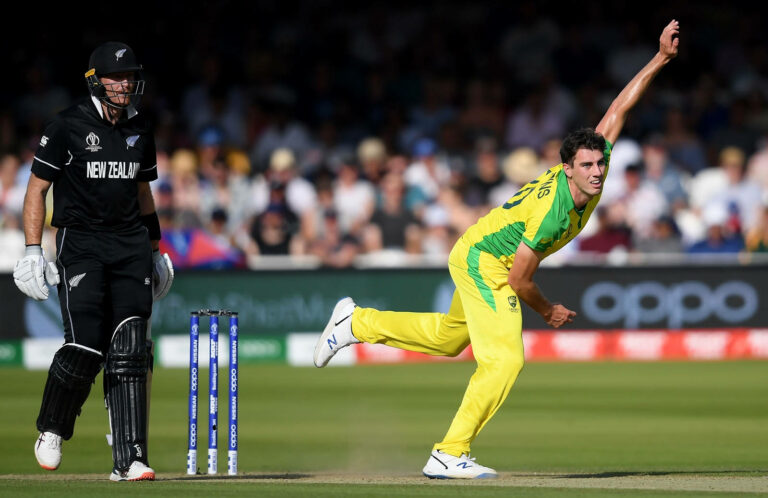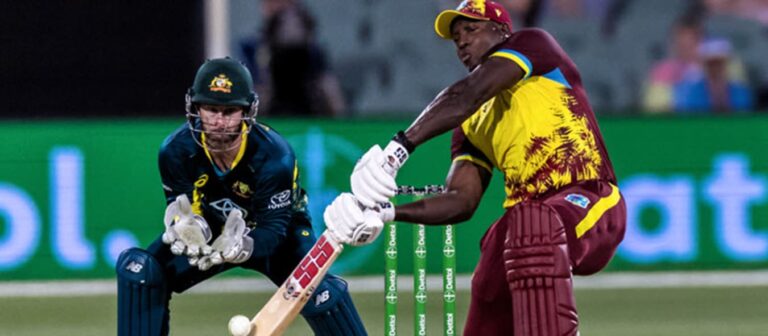The Evolution of Cricket Commentary: Diversity, Inclusion, and Linguistic Representation
Laserbook, Laser247: Cricket commentary has evolved significantly since its inception, transitioning from a simple play-by-play account to a more dynamic and engaging form of storytelling. In the early days, commentary primarily focused on describing the action on the field, providing straightforward updates on the game’s progress and outcomes. However, as the popularity of cricket grew, so did the demand for more elaborate and entertaining commentary.
Over time, commentators began injecting their personalities and insights into their commentary, transforming it into a form of entertainment in its own right. This shift allowed for more in-depth analysis, colorful anecdotes, and engaging narratives that captivated audiences and added a new layer of excitement to the cricket-watching experience. Today, cricket commentary has become an integral part of the sport, with commentators playing a crucial role in bringing the game to life for fans around the world.
Historical Background of Cricket Commentary
Cricket commentary has a rich history that dates back to the early days of the sport. In the early 20th century, cricket matches were first broadcast on the radio, allowing fans to follow the action from the comfort of their own homes. The commentary was often delivered in a formal and informative manner, focusing on describing the play-by-play action for the listeners.
As technology evolved, television became the primary medium for cricket commentary, with commentators adding visual elements to their descriptions of the game. This shift allowed viewers to not only hear about the action but also see it unfold in real-time. Over the years, commentators have become an integral part of cricket broadcasts, providing insights, analysis, and entertainment for fans worldwide.
• Cricket commentary dates back to the early 20th century when matches were first broadcast on radio
• Commentators delivered formal and informative descriptions of play-by-play action
• Television became the primary medium for cricket commentary as technology evolved
• Commentators added visual elements to their descriptions, allowing viewers to see the game unfold in real-time
• Commentators have become an integral part of cricket broadcasts, providing insights, analysis, and entertainment for fans worldwide
Major Changes in Cricket Commentary over the Years
The landscape of cricket commentary has significantly evolved over the years, reflecting the changing preferences of the audience and the advancement of technology. In the earlier days, commentary was more focused on describing the action on the field in a traditional manner, often lacking the in-depth analysis and entertainment value seen in modern broadcasts.
One of the major changes in cricket commentary has been the integration of former players as commentators. Their insights and firsthand knowledge of the game have added a new dimension to the commentary box, offering viewers a unique perspective and enhancing the overall viewing experience. Additionally, advancements in technology have enabled commentators to access real-time data and statistics, allowing for more informed and engaging discussions during matches.
What are some key changes that have occurred in cricket commentary over the years?
Some major changes in cricket commentary over the years include the transition from radio to television broadcasting, the introduction of technology such as Hawkeye and Hotspot, and the shift towards more diverse and global commentary teams.
How has the historical background of cricket commentary influenced its development?
The historical background of cricket commentary, which started with radio broadcasts in the early 20th century, has laid the foundation for the evolution of commentary techniques, styles, and technologies used in modern cricket broadcasting.
What role has technology played in shaping cricket commentary?
Technology has played a significant role in shaping cricket commentary by providing tools such as ball-tracking systems, slow-motion replays, and in-depth statistics that have enhanced the viewing experience for fans and improved the accuracy of commentary analysis.
How have changes in cricket commentary impacted the way the game is perceived by fans?
Changes in cricket commentary have made the game more accessible and engaging for fans, offering them a deeper insight into match dynamics, player performances, and strategic decisions, ultimately enhancing their overall enjoyment of cricket.






